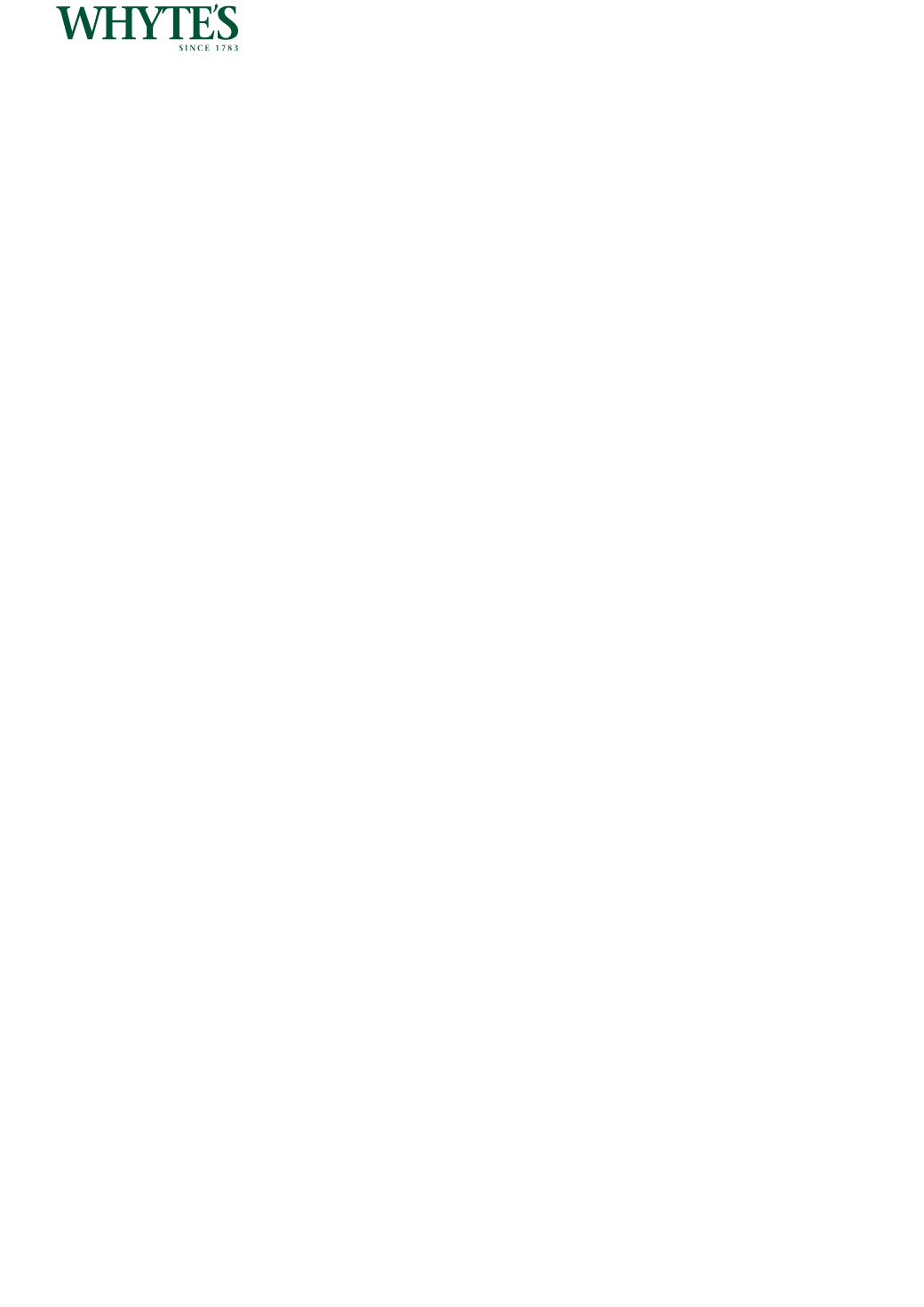

41
Thomas Braughall (1729-1803) miniature painting in oil by John Comerford. (1773-1832).
The piece is set in gold with the inscription My dear and worthy friend Tho Braughall died at Amiens 8th Feb
1803 God be with him” It also has a plated lock of his hair set into the the back of the piece.” 1½ x 1¼in. (3.81
x 3.18cm)
Thomas Braughall (1729-1803), was the descendant of a Clonsilla, County Dublin, family of Catholic Jaco-
bites. He set up business as a wholesale merchant in Bridge Street, was elected a member of the committee
of merchants (precursor of Dublin chamber of commerce) in 1771, and was also a director of the Hibernian
Fire Insurance Company in the 1770s. Braughall joined a company of the Irish Volunteers in 1782. In 1786
he became a member of the Catholic Committee, and was part of the small group that ousted the aristocratic
leadership of Lords Fingall and Kenmare in 1792. He was one of those responsible for appointing Theobald
Wolfe Tone as secretary, and accompanied Tone on a tour of Connacht in October 1792 to raise support for
a Catholic Convention. Something of a radical in political affairs, he was a member of the Dublin committee
that petitioned for Catholic Emancipation on 23 December 1794. He also joined the United Irishmen, but,
at heart a pacifist and conscientiously opposed to violent revolution, he seems not to have taken a direct part
in that movement after 1794. He was a prominent member of the Royal Dublin Society, elected to various
committees in the Society and presided over the Drawing School, and was the first Catholic to be elected an
honorary officer. At the outbreak of the 1798 rebellion his house was raided, by the Revenue Yeomanry Corps
and he was arrested and taken to Dublin Castle, where he was interrogated by the under secretary, Edward
Cooke. He was committed to Kilmainham gaol under a privy council order on a warrant signed by the chief
secretary, Castlereagh, ‘for having been concerned in treasonable practices’. His house was occupied by a
detachment of the 5th company, Attorney’s Infantry. For the first two days of his imprisonment Braughall was
placed in solitary confinement in a cell with a stone-flagged floor with neither bedding straw nor palliasse.
Lord Cloncurry and D. T. O’Brien sent letters to the Castle requesting his release. Braughall was Cloncurry’s
land agent, and amongst the documents seized from Braughall were details of a court case between the Lyons
estate and the Aylmer family. Braughall himself petitioned the new viceroy Cornwallis from Kilmainham gaol
on 24 September 1798. He had been accused of plotting against protestants, and shown pike heads purported
to have been found in his Eccles Street garden. However, one of the raiding party subsequently revealed that
the pike heads had actually been discovered in a garden in Florinda Place. Braughall accused the yeomanry
of looting his house and stealing his property. At his request one of the ‘sealed’ boxes had been opened in
his presence, whereupon he discovered that a sum of over £500 was missing. Braughall requested a trial, or
immediate release. He was released on bail, on 3 November 1798. On his release Braughall determined upon
retrieving his property and his good name. While in prison he had been disenfranchised by the Dublin guild
of merchants, and succeeded in having their decision overturned by taking a case to the court of king’s bench
on 22 November 1798. He also commenced, in November 1799, a civil action against Dublin Castle for the
return of his money. This action never came to trial, and may have been settled out of court. It is not clear if
Braughall resigned the office of honorary secretary of the Dublin Society, but certainly he was not re-elected
in November 1798.
Braughall’s record as a Catholic activist, his early membership of the United Irishmen, and his known asso-
ciations with prominent revolutionaries, disposed the Castle authorities to believe he was somehow impli-
cated in the 1798 rebellion. Prior to the outbreak of rebellion information had been laid against him by his
neighbours He was still spied upon long after the rebellion, and Major Swan reported on 23 September 1800
that Braughall was paying night-time visits to a house in Marlborough Street believed to be a rendezvous of
revolutionaries. Leonard McNally, the chief government spy, seems to have regarded Braughall as harmless,
but advised the Castle in 1802 that he believed he intended to go to France to visit his nephew Edward Lew-
ins who was then United Irish ambassador in Paris. According to Lord Cloncurry, Braughall went to France
to study the language. Braughall did go to Paris in August 1802, during the Peace of Amiens, and was accused
bu some of supporting and encouraging Bonaparte. He died in Picardy, some time in February 1803.
John Comerford was born at Kilkenny. He gained some knowledge of art from copying the pictures in the
collection of the Marquis of Ormonde. He went early in life to Dublin, and entered as a student in the art
schools of the Dublin Society.


















